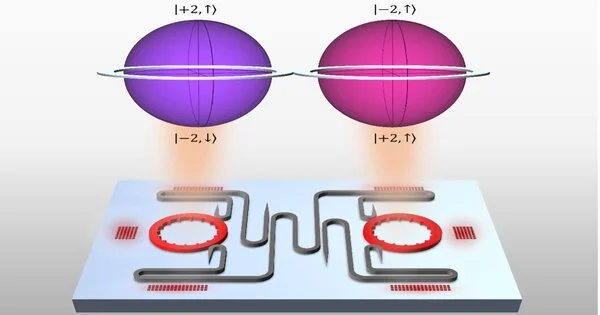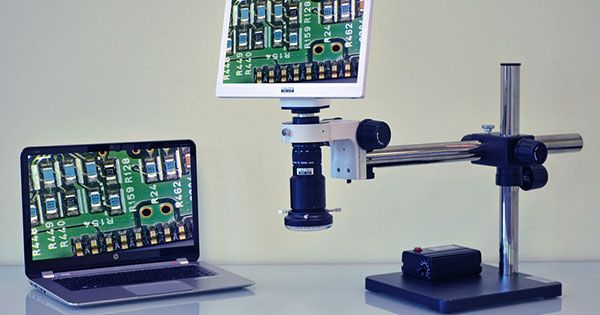A microlaser chip is a small laser device that is integrated onto a microchip. It is made up of a gain medium, such as a semiconductor, that amplifies light and a resonator that provides feedback to sustain the laser emission. It is a type of miniaturized laser device that is built using microfabrication technology. It is typically used for applications such as communication, sensing, and spectroscopy, and can be found in a wide range of industries, including telecommunications, medical devices, and military systems.
Microlaser chips are valued for their compact size, high efficiency, and stability, making them well-suited for use in demanding environments. These chips have a wide range of applications, including optical communication systems, spectroscopy, and sensing. They are particularly useful for miniaturized systems due to their small size, low power consumption, and high performance. It is used for a variety of applications, including data communications, spectroscopy, and medical therapy.
Non-quantum chips use bits to store, transmit, and compute data, whereas quantum devices use qubits. Bits can be either 1s or 0s, whereas qubits are digital information units that can be both 1 and 0 at the same time. This state of simultaneity is known as “superposition” in quantum mechanics. To signal these additional dimensions, a quantum bit in a state of superposition greater than two levels is referred to as a qudit.
Microlaser chips are made using advanced semiconductor manufacturing techniques and can produce laser light in a compact and efficient manner. They are known for their small size, low power consumption, and high reliability.
Photons in tightly controlled states of superposition are used in quantum communication. At the quantum level, properties such as location, momentum, polarization, and spin exist as multiplicities, each of which is governed by probabilities. When a quantum system—an atom, a particle, or a wave—is measured, these probabilities describe the likelihood that it will take on a single attribute.
Quantum systems, in other words, are neither here nor there. They can be found both here and there. It is only through the act of observation—detecting, looking, and measuring—that a quantum system acquires a fixed property. Quantum superpositions, like a subatomic game of Statues, take on a single state as soon as they are observed, making it impossible to intercept or copy them without detection.















